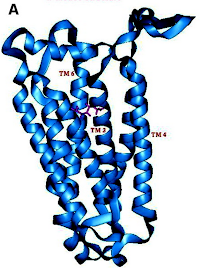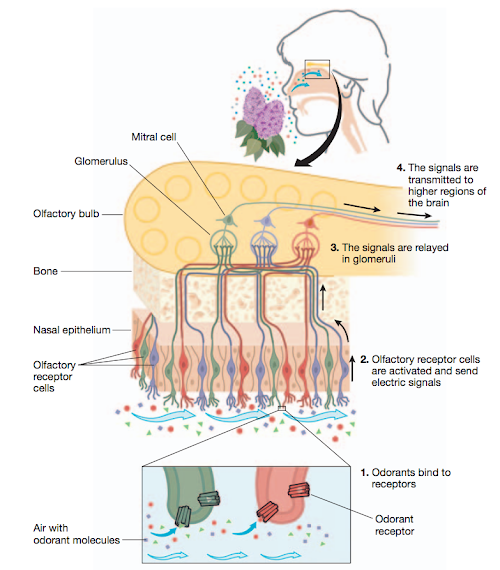Why 10% of the Population Hates Cilantro and the Rest Doesn't Know Any Better
"No cilantro, please" Yet I know when it arrives It will be presentHaiku by Krakrs, a member of ihatecilantro.com
The first time I tried cilantro I didn’t realize it; I just thought somebody had emptied a bottle of Old Spice on my pizza in an attempt to poison me. Cilantro tastes like soap to approximately 10% of the people who have had their genotype analyzed by 23andMe. The currently accepted explanation is that those of us who passionately despise cilantro were born with a genetic variant known as a single-nucleotide polymorphism (or SNP, pronounced ‘snip’).
The genome has 3 billion nucleotides (the building blocks, known as A, C, G and T), and 10 million of them are thought to be SNPs. That means that a significant percentage of the population has one letter in a specific location (an A, for example) and everyone else has a different letter at that location. The cilantro SNP is called rs72921001, and apparently, its genomic location lays close to a cluster of olfactory receptor genes that includes OR6A2, the gene most likely to be alerting our brain about the presence of cilantro.
 A cartoon representation of the molecular structure of an olfactory receptor. You can think of the red compound snuggling between the helices as the tiniest bit of cilantro.
A cartoon representation of the molecular structure of an olfactory receptor. You can think of the red compound snuggling between the helices as the tiniest bit of cilantro.
When molecules enter the nose, they come into contact with the olfactory sensory neurons located in the upper region of the nasal cavity. Each of these cells expresses only one odorant receptor, and when the right chemical binds to the right receptor, an electrical signal is sent upwards—through the bone—to the olfactory bulb, where it is further relayed by other cells until it reaches the olfactory cortex region of the brain. The OR6A2 receptor gets activated by binding to one of the several aldehydes contained in cilantro.
 A figure from The scent of life, detailing how smell works.
A figure from The scent of life, detailing how smell works.
The letter you have in the location of the rs72921001 SNP is thought to influence how the OR6A2 receptor perceives the presence of cilantro. If you are among the 10% of humans who have a C instead of an A in that location, when confronted with cilantro, instead of the misleading “Gee, I smell cilantro, lalala, happiness” your brain will warn you of the real danger you face: “I smell the disgusting herb that poisons everything good and loveworthy in this world. Run for your life!”
The science of smell is fascinatingly complex and not entirely understood, but the current hypothesis is that having a C instead of an A in a specific location close to the OR6A2 gene, slightly alters the shape of the receptor molecule encoded by that gene, and allows cilantro molecules to activate receptors that in the rest of the population are only activated by soap/bleach/death molecules.